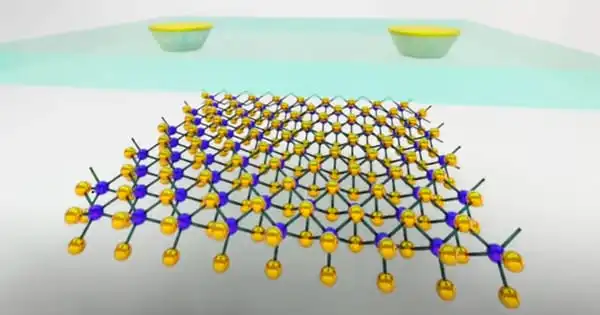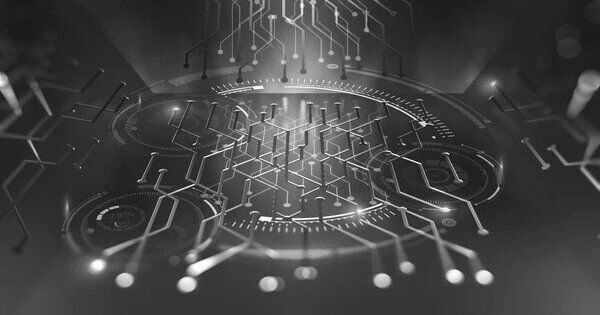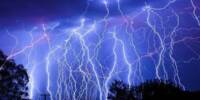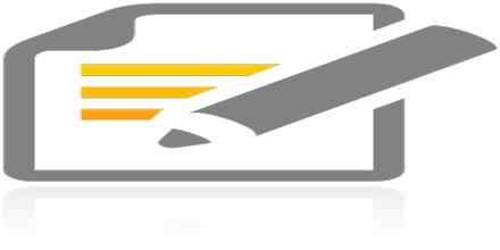Researchers from Pisa, Jyväskylä, San Sebastian, and MIT have showed how a heterostructure made of superconductors and magnets can be used to generate unidirectional current similar to that found in semiconductor diodes. However, these new superconductor diodes function at far lower temperatures than their semiconductor counterparts, making them helpful in quantum technologies.
Electronics for quantum technology
Most of our common electronic devices, such as radios, logic components, and solar panels, rely on diodes, which allow electricity to flow only in one direction. Such diodes rely on the electronic features of semiconductor systems, which fail to function at the ultralow sub-Kelvin temperatures required for tomorrow’s quantum technologies. Superconductors are metals with zero electrical resistivity that can exhibit substantial contact resistance when connected with other metals.
This is evident from the energy gap, which denotes a forbidden zone for electronic excitations that develop in superconductors. It is similar to the energy gap in semiconductors, but it is normally much smaller. While the occurrence of such a gap has been known for decades, the diode-like property has not before been detected since it requires violating the normally resilient symmetry of the contact’s current-voltage characteristics.
Finding the diode functionality was actually a nice surprise, a result of the extensive characterization of SUPERTED samples. I believe this finding is interesting for numerous jobs in quantum technology, such as current rectification or current limiting.
Elia Strambini
The new work shows how this symmetry can be violated using a ferromagnetic insulator appropriately placed in the junction. Because a large portion of today’s quantum technology research is based on superconducting materials working at ultralow temperatures, this discovery is readily available to them.
Power of collaboration
The discovery was made as part of the SUPERTED project, which is sponsored by the EU’s Future and Emerging Technologies program (FET Open). Based on superconductor/magnet heterostructures, this project intends to create the world’s first superconducting thermoelectric detector of electromagnetic radiation.
“Finding the diode functionality was actually a nice surprise, a result of the extensive characterization of SUPERTED samples,” adds Elia Strambini, who made the initial discovery at Istituto Nanoscienze — CNR and Scuola Normale Superiore (SNS) in Pisa.
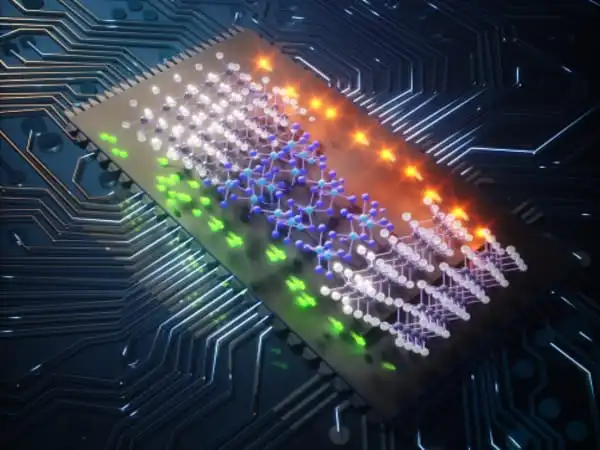
“I believe this finding is interesting for numerous jobs in quantum technology, such as current rectification or current limiting,” says Francesco Giazotto of Istituto Nanoscienze — CNR and SNS, who led the experimental efforts.
SUPERTED’s coordinator, Professor Tero Heikkilä of the University of Jyväskylä, worked on the effect’s theory: “This discovery demonstrated the value of collaboration among several sorts of researchers, ranging from materials science to superconducting electronics and theory. Such partnership would not be possible without European backing.”
Cooper couples create spin singlet states and are considered entangled electron pairs. The extraction of entangled electrons has been actively explored using superconductor-normal metal junctions. We proposed converting Cooper pairs to entangled photon pairs via interband radiative recombination of Cooper pairs penetrated into a semiconductor by the proximity effect.
In recent years, experimental breakthroughs in the field of non-reciprocal superconductivity have resulted in the realization of the superconducting diode effect in both bulk superconducting films and Josephson junctions (i.e., Josephson diodes), both with and without an applied magnetic field to break time reversal symmetry.
These findings raise basic concerns about the origins and causes of many superconducting diode phenomena, as well as the possibility of game-changing advances in superconducting electronics for technological applications. This workshop brings together experimentalists who are developing and testing new superconducting diodes, as well as theorists who are explaining and predicting these effects. We will assess the state of the discipline and design a course for the future through a series of seminars and discussions.
